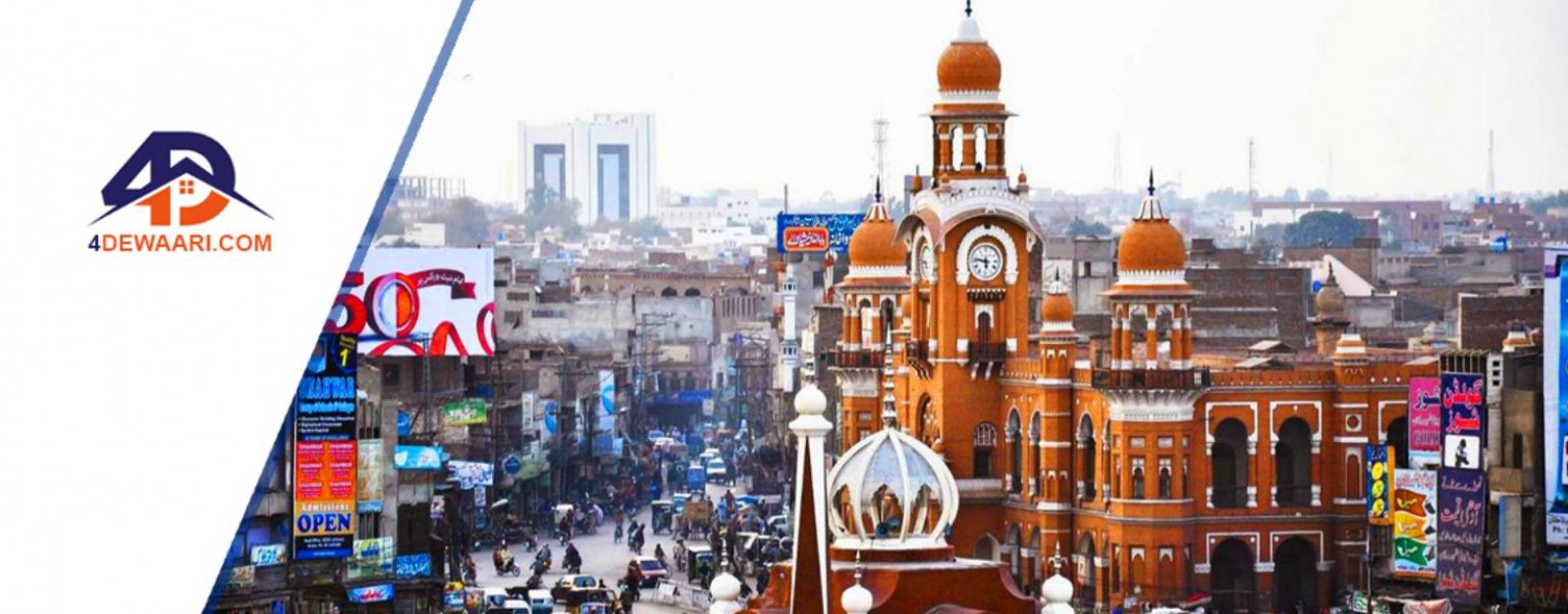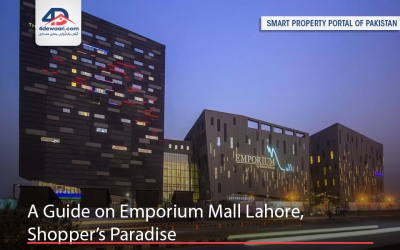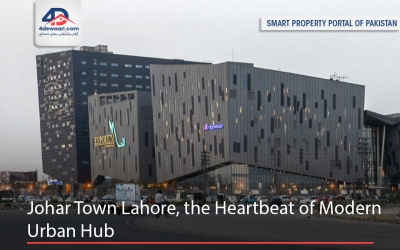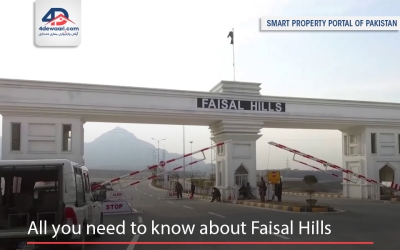Multan is called the land of spirituality and Sufism because of some of the towering figures in history who are said to have devoted their entire life to spirituality. It is the commercial hub and the biggest city of South Punjab. Multan is also important mainly because of its historical importance. It is one of the oldest living cities in Pakistan and has a very rich Sufi tradition. Commonly known as the city of saints, Multan housed the mazaars of leading Sufis who lived in this region.
The aura and milieu of this region is distinguishing as compared to other regions and especially the tales of miracles of the Sufis here are worth listening to. Anyone visiting this place for the first time observes a very touching sense of spirituality in the air and as you go around the city visiting some of the famous mazaars of the Sufis, you get mesmerized by the observance of spirituality in the wholeness. Anyone interested in spiritualism cannot afford to miss a visit to Multan.
See Also
Palace Noor Mahal Bahawalpur Pakistan
How to Visit Wagah Border Pakistan
History of Chowk Ghanta Ghar Multan Pakistan
The Ghanta Ghar Multan was built from 1884-88, it is a beautiful Indo-Saracenic style building that was, initially, used as the headquarters of the municipal government under the direction of the British Raj, who ruled the British Indian Empire from 1858-1947.
The British had taken control of Multan in 1849 from the collapsing Sikh Empire, beginning 100 years of British rule over the city of Multan. Even in 1884, almost two generations following the siege that won the city for Britain, large areas of Multan remained in ruins. Later it was thought to construct a grand municipal office building over the ruins of the haveli (mansion) of Ahmad Khan Sadozai, which had been destroyed during the siege. Construction of this building took four years and it was named Ripon Hall in honor of the 1st Marquess of Ripon, who ruled as Viceroy of India from 1880-84. The central feature on the building's south façade its clock tower was dubbed Northbrook Tower in honor of the 1st Earl of Northbrook, the former Viceroy who served from 1872-76, so it has a history that goes before partition.
The hall was constructed in the Indo-Saracenic style which was quite popular throughout Britain's south and southeast Asian colonies (for examples of this style, see the Gateway of India, or the Sultan Mosque and Abdul Gafoor Mosque of Singapore). The style was popularized by British architects who synthesized Victorian-era Gothic and Neo-Classical styles with the blend and conglomeration of Muslim traditions of the Raj in India. Hallmarks of this style included the use of cusped arches, projecting eaves, and a multitude of domes, turrets, and cupolas on the rooftop, as well as the use of native building materials such as sandstone, marble, etc.
Following liberation from British rule in 1947, the hall was renamed Jinnah Hall but continued to function as an administrative center. As the city grew, office space became scarce and the city's administration moved to a different building. The building remained empty for several decades and its famed clocks no longer told the time. However, in 2011 the Swiss watch company Rado refurbished the clocks and installed solar-powered batteries to ensure uninterrupted power.
Moreover, this coincided with a push to spend 40 million Pakistani rupees to turn the building into a museum, work which was about 50% complete by 2011, and now with the PTI government in power with a special concentration of Tourism promotion much heed is paid to renovate and refurbish this historic site to attract more and more tourists. Unlike, previous governments who did not pay much heed to preserving and maintaining such tourist pullers, this government is particular about doing the maximum possible to attract more and more crowds.
See Also
Best Tourist Places in Rawalpindi
Ghanta Ghar Multan Directions
The Multan Ghanta Ghar clock tower stands in central Multan and you do not need to travel much more precisely it is directly west of the city's old fortress, and immediately across the street from a major roundabout where a number of streets converge. You would see the clock from afar.
How to Get There?
The city of Multan is quite a cornered place or you can say it is quite a way from other cities of Pakistan. From Lahore, if you travel via M-4 or Lahore-Abdul Haleem Motorway/M3, you would get here in around four hours and if you are travel from the federal capital, Islamabad, then you would get here in around six hours from motorway/AH1/M2.
Other Attractions in Multan Include:
- Baha-ud-din Zakriya’s Mazaar
- Multan Fort
- Eidgah Masjid
- Shah Rukn-e-Alam’s Mazaar
- Khuni Burj
- Shah Shams Sabzwari’s Mazaar
- Mai Maharban’s Mazaar
- Wali Muhammad Masjid
- Haram Darwaza
Furthermore, Multan city is considered to be hot as compared to other cities in Pakistan and requires you to plan your visit accordingly. It is always better to visit this beautiful city in winter and if you happen to be visiting it in summer then the evening time of the day is probably the best time when the sun has taken its adieu. In the daytime, it gets extremely hot in summer and mostly the temperature remains above 40 degrees Celsius.
Lastly, the city of saints is full of facilities and you do not need to worry about anything. You can find the best food and quality lounging facilities. Like other cities of Pakistan, Multan to has its own culinary tastes and particularized dishes. The hotel here has all kinds of local dishes in the menu along with some Western and Asian cuisines. I would highly recommend stopping by a dhaba (roadside small shop) and tasting the indigenous cuisines. They are not only tasty but also preserve indigenousness because of being cooked by the locals who mostly prepare it at home and serve their customers on road sites. These dhabas and other local shops nearby are full of rich cultural items that are worth tasting and worth listening to. Moreover, carry a bottle of water along to keep yourself hydrated.

















